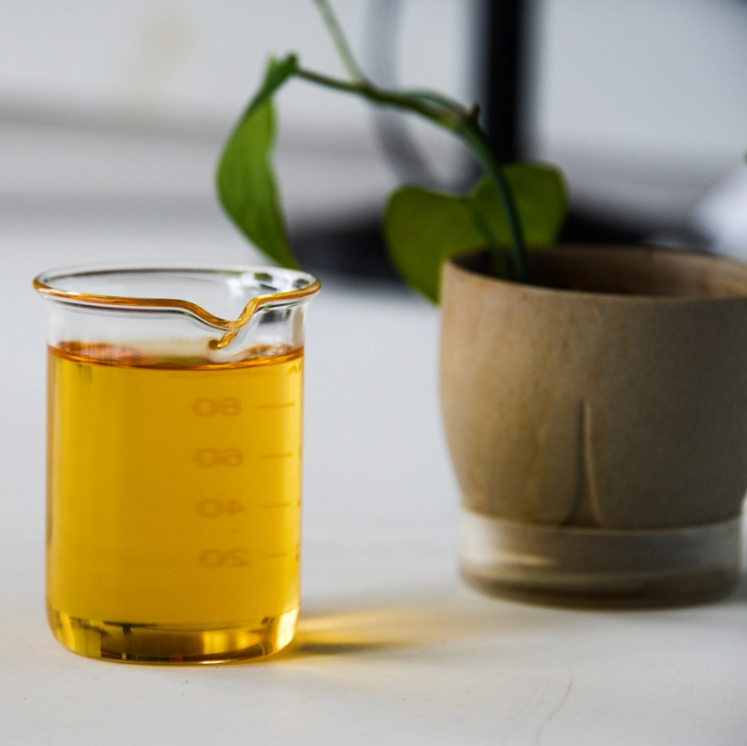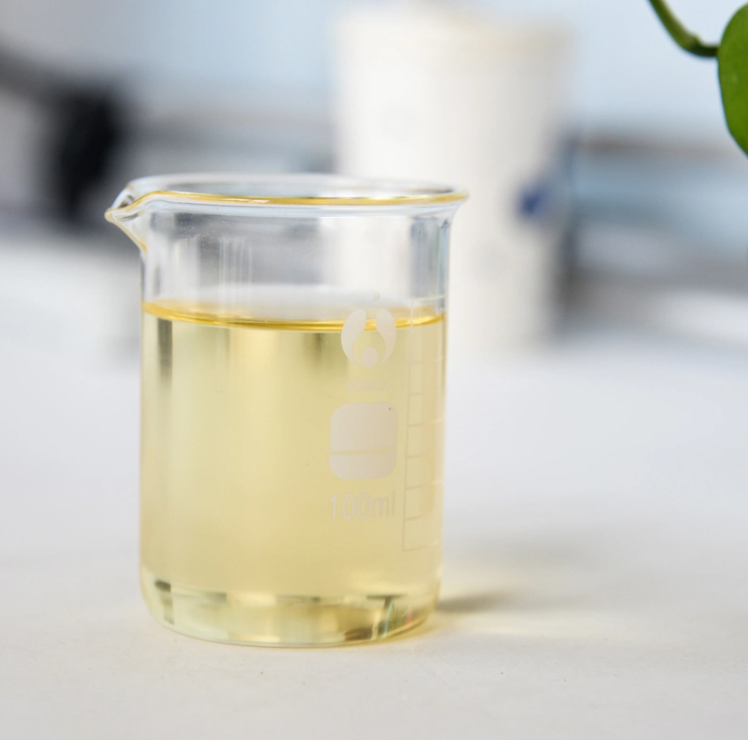Post Date:12, Aug, 2024
1. The polycarboxylic acid-based high-performance water-reducing agent is different from the naphthalene-based high-performance water-reducing agent in that:

The first is the diversity and adjustability of the molecular structure; the second is to further concentrate and improve the advantages of high-efficiency water reducing agents, and achieve green and pollution-free production processes.
From the mechanism of action, the molecular structure of the polycarboxylic acid water-reducing agent is comb-shaped. The strong polar anionic "anchoring" group in the main chain is used to adsorb on the cement particles. The outward-extending comb is supported by many branch chains. The tooth structure provides sufficient spatial arrangement effect for further dispersion of cement particles. Compared with the electrical repulsion of the double electric layer of naphthalene-based water reducing agents, the steric hindrance keeps the dispersion much longer.
By appropriately changing the comb structure of the polycarboxylate water-reducing agent and appropriately changing the density and length of the side chains, a high water-reducing and high early-strength water-reducing agent suitable for prefabricated components can be obtained.
Polycarboxylic acid-based water-reducing agents can be adjusted and changed according to requirements to achieve the purpose of changing performance, rather than using simple compounding for modification. Based on this understanding, it may inspire us to improve our application technology in the future.
2. The adaptability of polycarboxylic acid-based water reducing agents to cementing materials:
Different types of cement have very different saturation points of polycarboxylic acid-based superplasticizers, so it is very important to find the saturation points of different cements. However, if the user stipulates that only 1.0% is allowed to be added, if the cement selected is not adaptable at this dosage, it will be difficult for the admixture provider to handle it, and the compounding method often has little effect.
The first-level ash has good adaptability, while the second-level and third-level ash are often not suitable. At this time, even if the amount of polycarboxylic acid is increased, the effect is not obvious. Often when a certain type of cement or fly ash has poor adaptability to admixtures, and you are still not completely satisfied when you change to another admixture, you may eventually have to replace the cementitious material.

3.The problem of mud content in sand:
When the mud content of the sand is high, the water-reducing rate of the polycarboxylate-based water-reducing agent will be significantly reduced. The use of naphthalene-based water-reducing agents is often solved by increasing the dosage, while the polycarboxylic acid-based water-reducing agents do not change significantly when the dosage is increased. In many cases, when the fluidity has not reached the required level, the concrete has begun to bleed. At this time, the effect of sand adjustment rate, increasing air content or adding thickener will not be very good. The best way is to reduce the mud content.
Post time: Aug-12-2024






